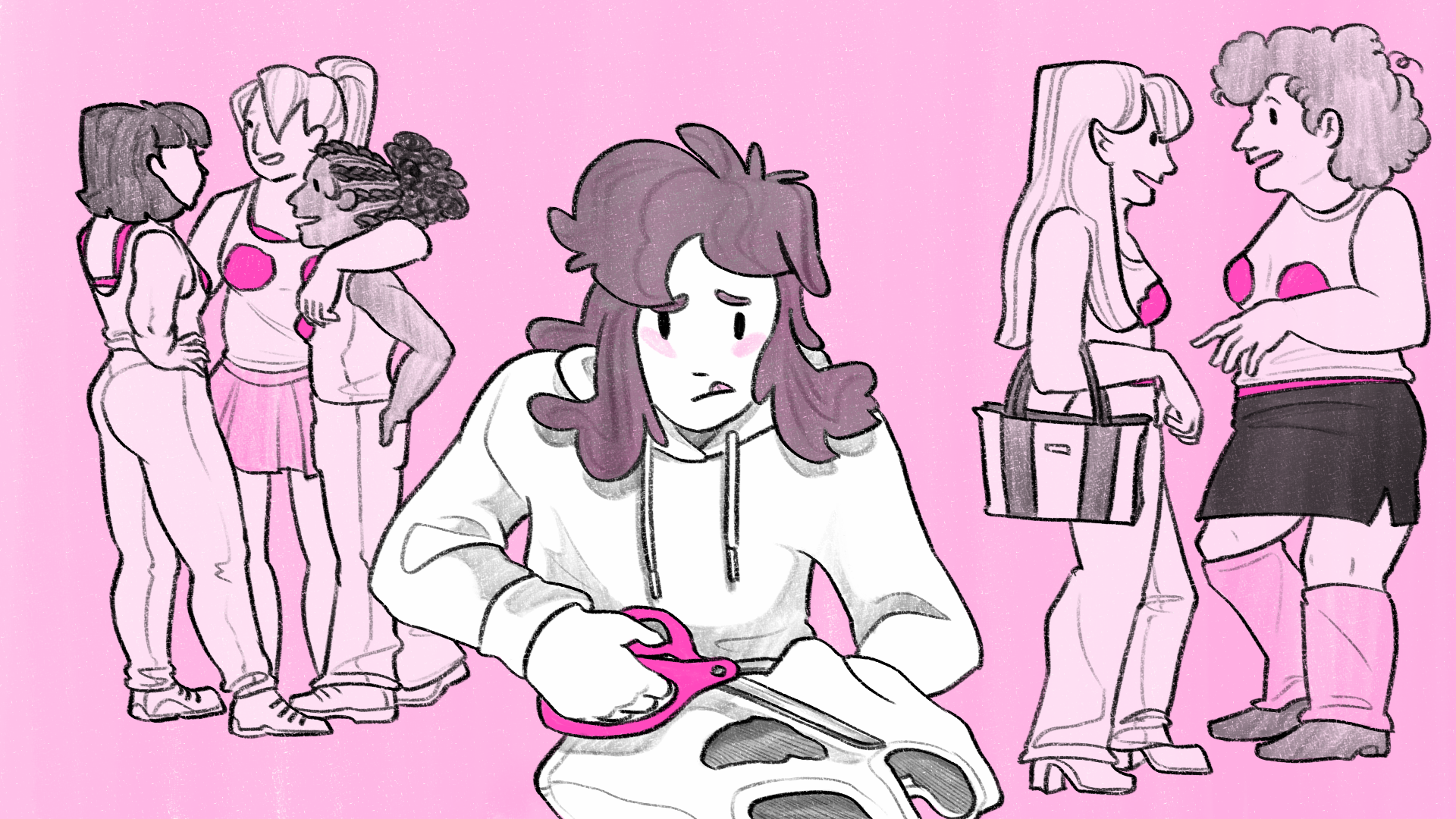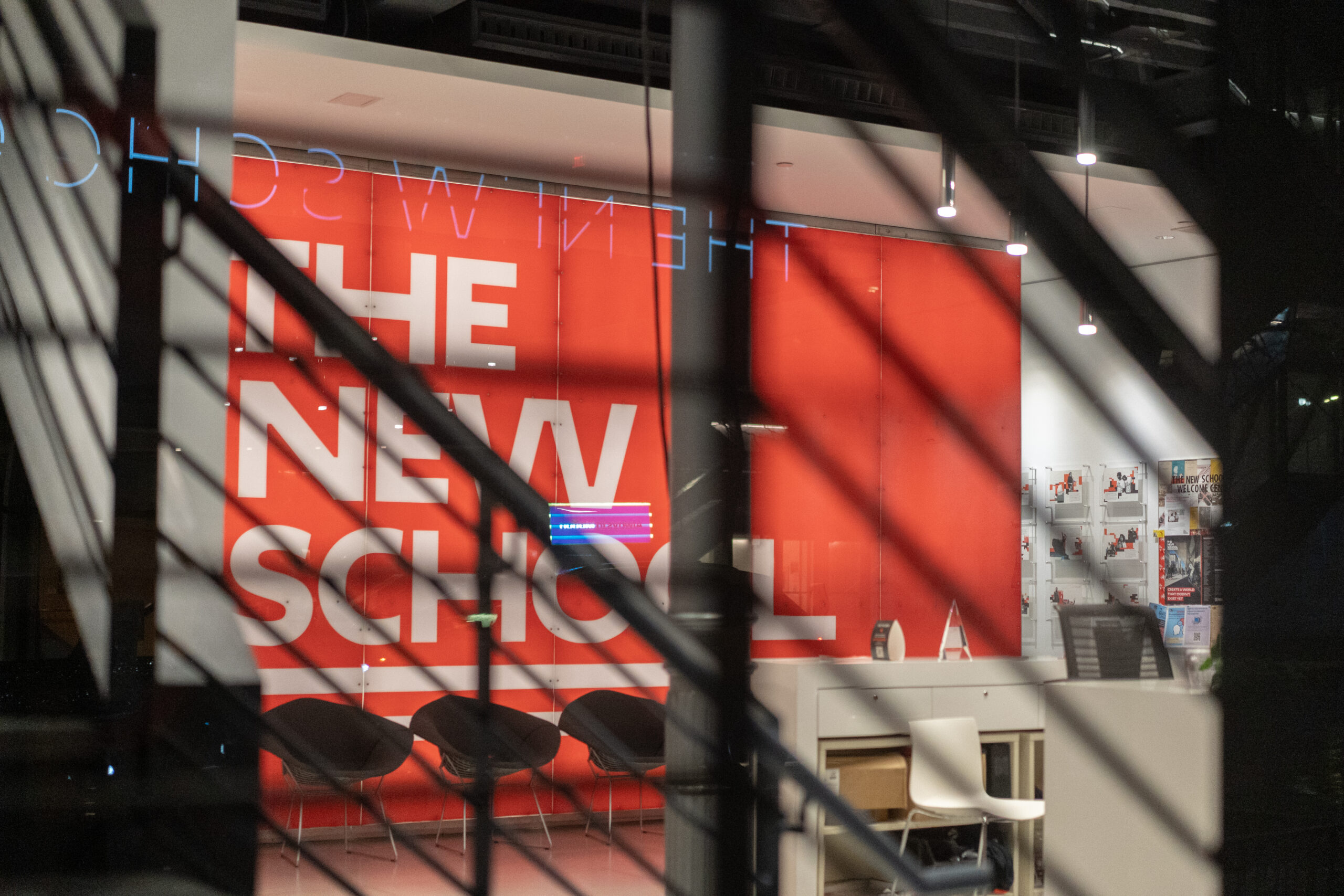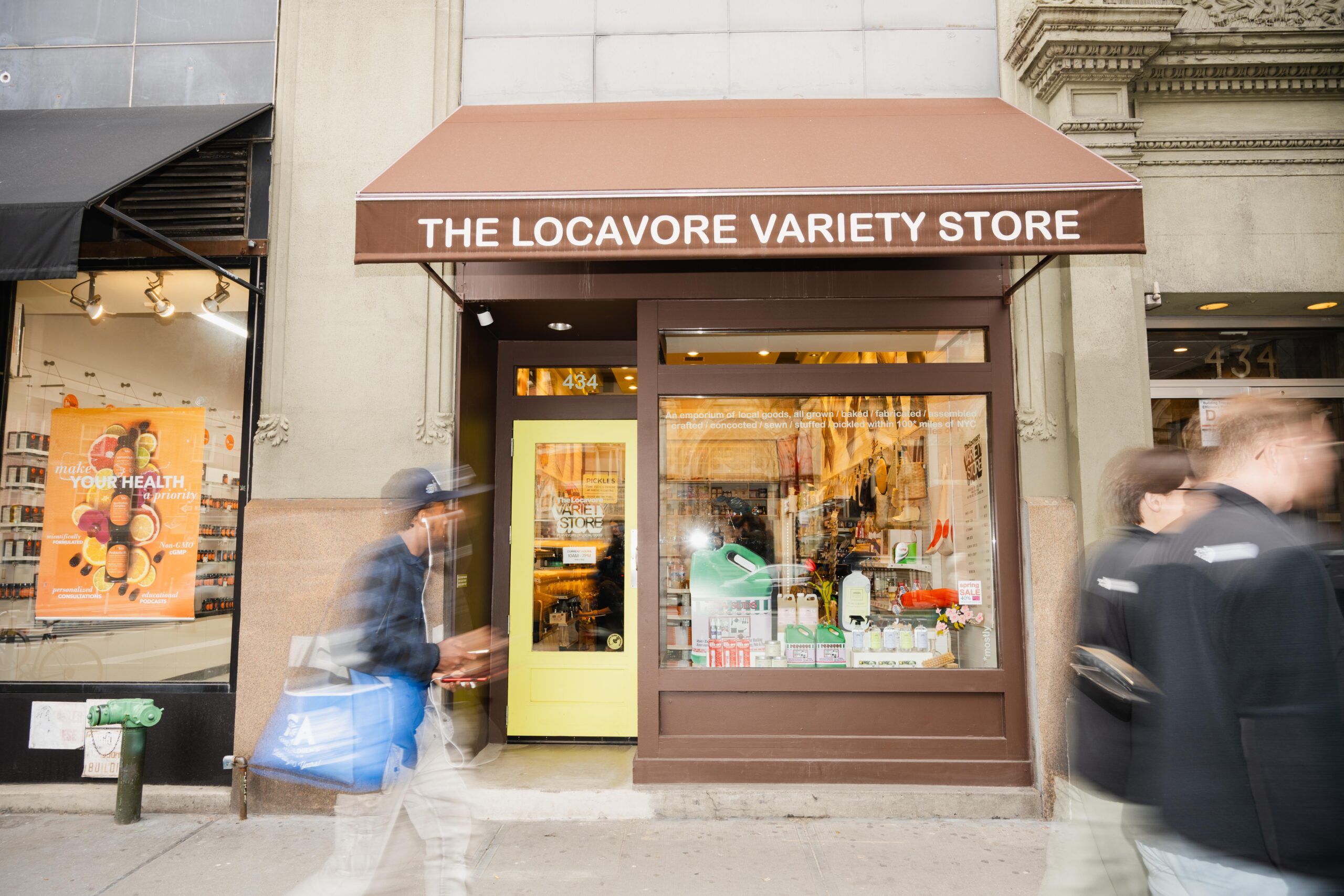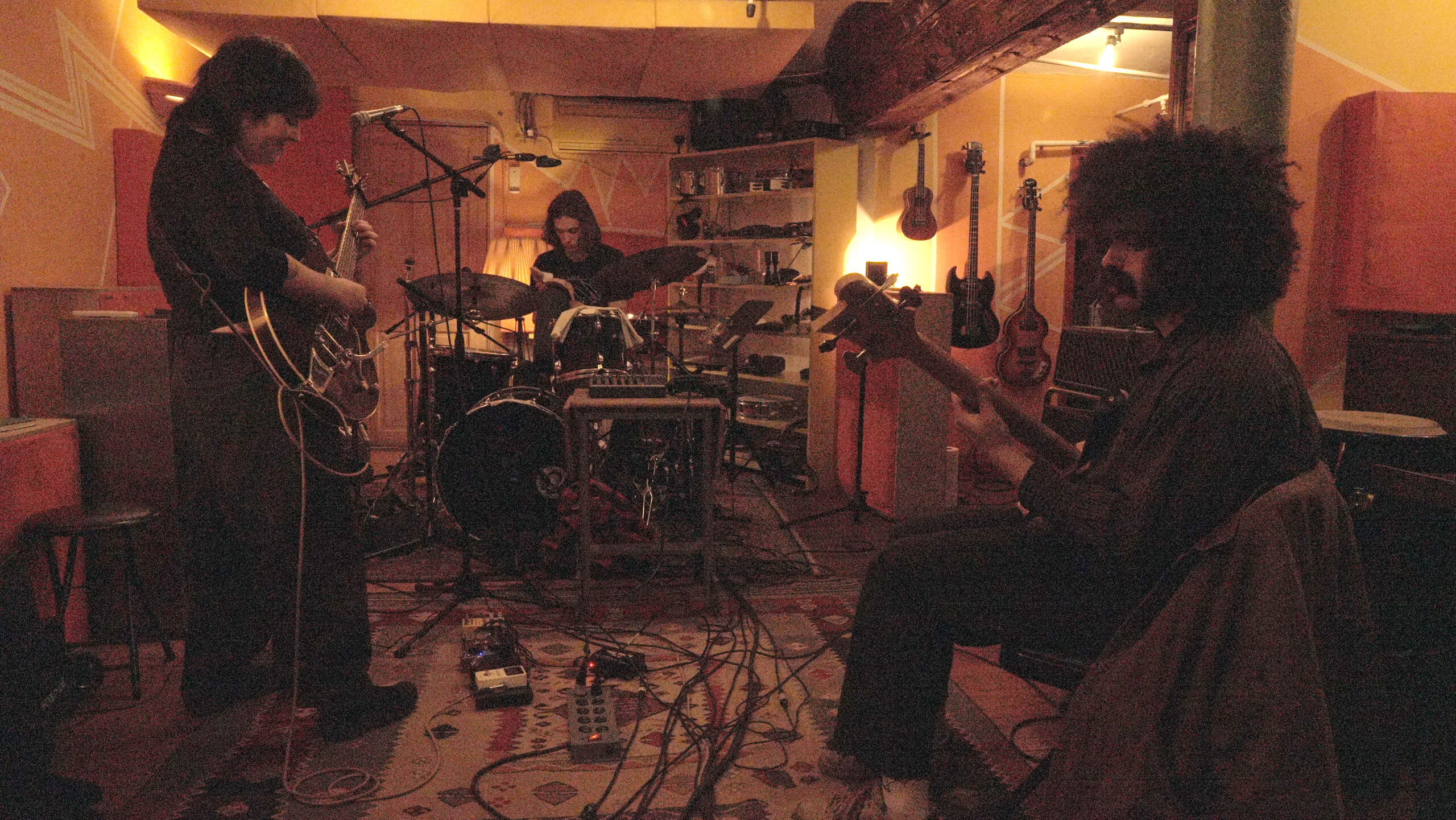As a senior studying Fashion Design, Jamileh Nadelmann has been working on her thesis collection for the past year. During her junior year, Nadelmann received an email about applying to receive money from a Parsons program, the Parsons Art Fund, meant to help students in need afford materials. “I was immediately interested,” she said. She received a grant from the fund, which eventually went toward her final collection’s lookbook shoot. “I am very grateful for the funds that I received and could not be happier with the results,” she said.
Jesus Marquez, a Parsons senior majoring in Illustration, first heard of the Art Fund through a New School Facebook group. He has now benefited from the fund for a few semesters, and has used his grants to help with the cost of illustration materials like sketchbooks, markers and pens. “I was surprised how quickly the funds were made available for my projects,” he said. “It was a very delightful experience.”
Nadelmann and Marquez are just two of more than 80 Parsons students who have benefitted from the Parsons Art Fund since it launched last year. The Art Fund is a program sponsored by the Parsons Student Senate (PSS) that provides students with financial support for any type of academic creative project. The PSS conceived of the Art Fund as a funding initiative to support Parsons students who struggled to afford art supplies for completing their class projects. Since it officially launched in February 2016, it has raised a total of over $20,000, and its goal has been to grant each recipient a maximum of $100 per semester for their class projects.
Kulveen Sarna and Maggie Cavaliere, both Parsons Strategic Design and Management seniors, have lead the efforts in developing the concept for the fund since their freshman year in 2014, when they were both Parsons student senators.
Cavaliere, currently the senior executive advisor for the PSS, said the idea for the Art Fund came from asking Parsons students in a survey what they would like to see change in the school and what they needed from the school the most. “We received answers like lower tuition, more financial aid, cheaper supplies, and less required materials for some classes,” Cavaliere said. “Although we couldn’t drastically lower tuition or somehow raise millions of dollar for scholarship funds as young student ourselves, we brainstormed to figure out what we could do. We realized that with small $100 grants for everyday class projects, we could help our community feel more supported.”
The PSS has raised money for the Art Fund through the annual Parsons Gala, a one-night exhibition and formal event organized by the PSS and held each spring. The 2017 Parsons Gala will take place on Saturday, April 22 at 7pm. Tickets cost between $10 and $15 and all proceeds from the event each year go toward the Art Fund. The Gala provides Parsons students with the opportunity to be featured at the event by submitting their best work.
Additional money for the Fund comes from donations from Blick Art Supplies and the Parsons Board of Governors. One board member, former Parsons dean of Fashion Simon Collins, donated $15,000 of his recent book sales to the Art Fund — the group’s biggest donation yet.
As the Art Fund grows, Parsons senators continue to pursue ways of fundraising. Currently, the group is hosting a crowdfunding campaign open to the public through The New School, with the goal of raising $4,000 to fund 40 students, the typical number of people funded each semester.
To receive a grant from the program, students are asked to fill out an application, in which they’re asked to specify what the money would be used for, including specific materials, the course and the specific project, as well as general information about themselves. Student senators then meet with applicants for five to ten minutes, and administrators with access to student financial service records are sometimes involved to prioritize giving grants to students in financial need.
Cavaliere considers the Art Fund to be the proudest accomplishment of the PSS because of how it gives directly to their community. “We’ve had many students express that the $100 gave them the opportunity to keep up with other students in class who can afford any materials needed, or just be enough so that they can eat, pay rent or buy a metrocard. $100 makes the world of a difference,” she said.
Photo by Orlando Mendiola







